Temperatures and Boost Cycle
The card will boot if it is cool enough and the GPU load does not exceed 50% to over 2100 MHz. However, this is a very short-term pleasure, which then collapses in my very extremely demanding test game when the temperature in the closed case rises from 1890 MHz to about 1755 MHz. But this is still a bit above what NVIDIA officially states for the boost. However, it is still enough to beat the Founders Edition easily.
The manual overclocking resulted in a full 1985 MHz at 100% fan speed, which the card could even hold. But whether one would like to endure this acoustically is a matter of opinion. I think a block of water will do. The memory can also be overclocked to over 20 Gb/s, but it already loses a performance drop before reaching the stability limit, which is probably due to a thermal throttling. Micron has implemented such mechanisms from the outset. If you really want to go for it, you should stay just under the 20 Gb/s, because the GeForce RTX 3090 FE also stays within this range. Certainly not without reason.
Let us now come to the recording with the high-resolution infrared camera. The PI640 from Optris has a true 640 x 480 pixel bolometer and records at up to 30 FPS. I use here the normal lens and calibrated foil with a known transmittance so that I can de facto look inside the closed housing. The backplate can be removed, but with the memory you can subtract about 4 degrees with the backplate mounted, which also underlines the sense of this solution.
And what about the consequences of global warming of graphics cards? Now, of course, I am interested in the noise level of what is now emitted as complex fan noise. The card in open design is significantly cooler with 4 degrees, which also speeds up the fan speeds of the closed case from around 1810 rpm to almost 2300 rpm. You can hear that. You shouldn’t be frightened by the sporadic starting of the fans in idle, as not only the GPU temperature, but also the memory’s hotspot temperature is taken as a basis here.
Let us now turn to the noise level and the sound character. With approx. 39.5 dB at Witcher 3 in UHD and a power consumption of approx. 320 watts I measure a similar value as the Founders Edition, whereby one should and must also talk about the extreme case.
If you use Furmark or heavy GPGPU scenarios, where the memory and voltage converters are also more demanding, then it’s still a good 320 watts, but the fan speeds go slightly over 2300 rpm and the noise level is then a whopping 44.7 dB(A). However, I have not been able to do this for games. Seen in this light, the world is then also in order again and it stands and falls with the airflow in the housing.
| Bar Gaming | 1895 MHz (cold) to 1755 MHz (warm) |
| Maximum OC | 1985 MHz |
| GPU Temperature Open Benchtable | 68 °C |
| GPU Temperature Closed Case | 72 °C |
| GDDR6X Hotspot | 95 °C |
| Noise emission | 39.5 to 44.7 dB(A) |
| Fan speeds | 1810 rpm to 2316 rpm |















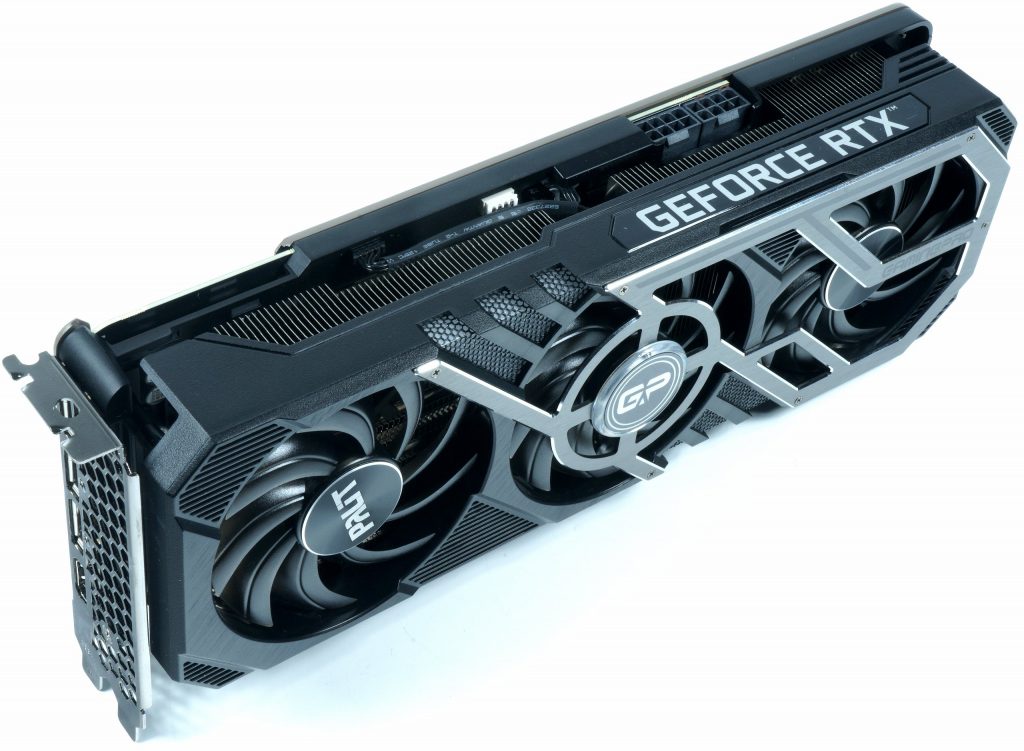
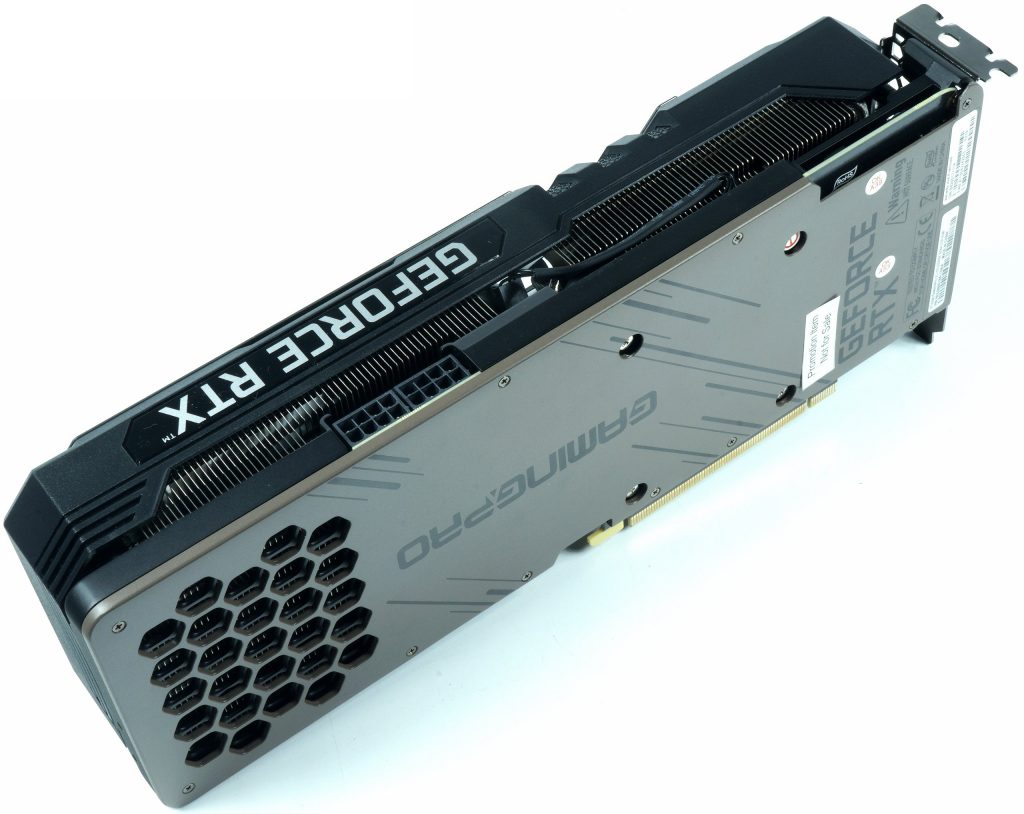
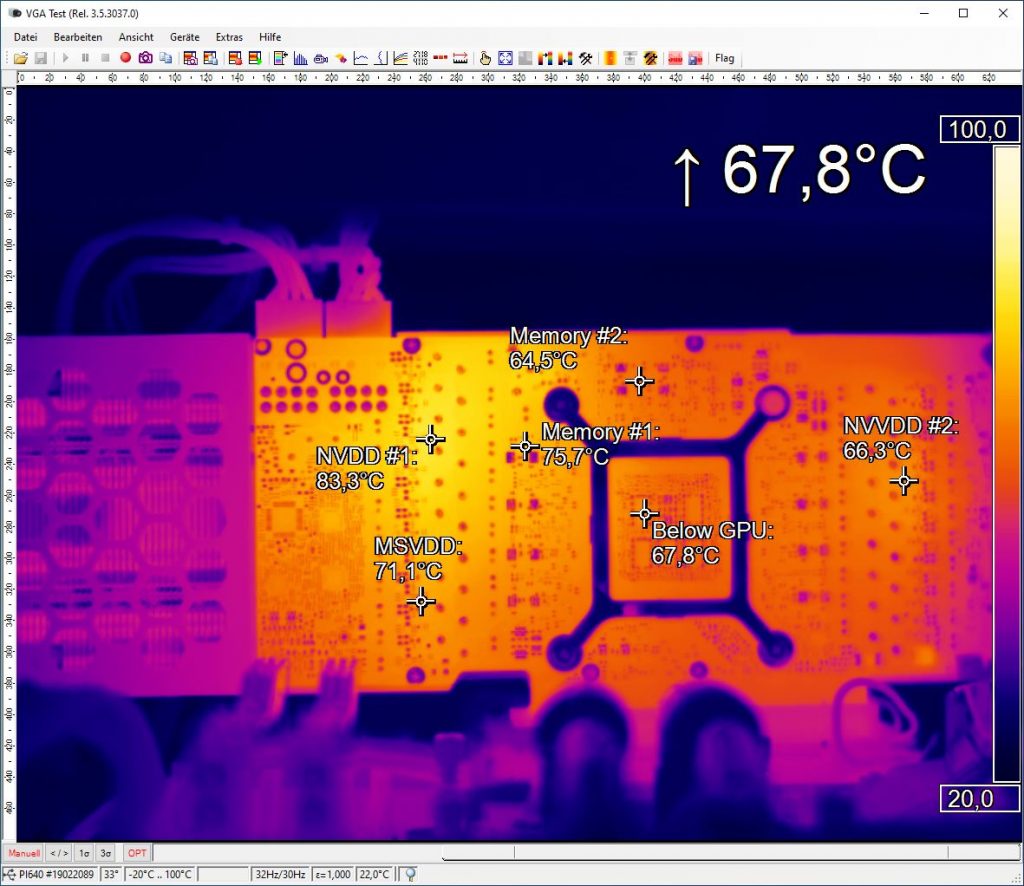
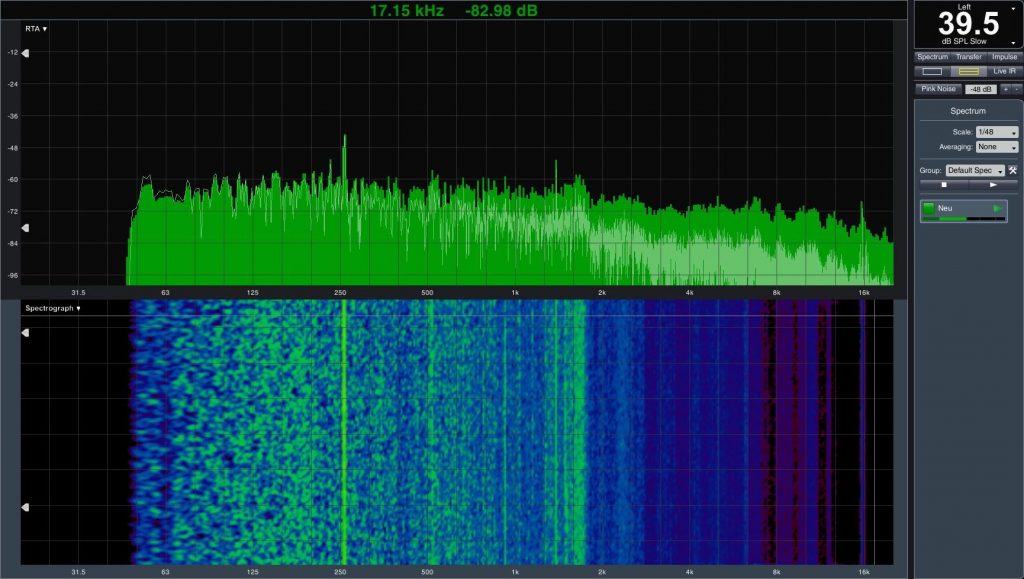

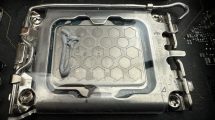

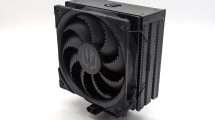
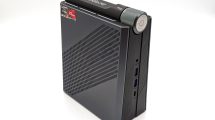

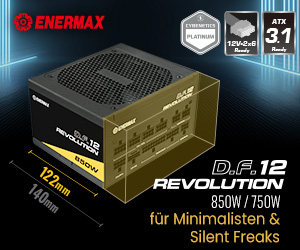

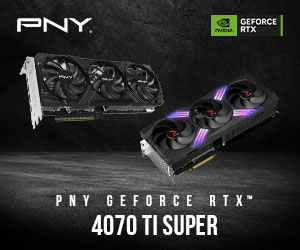
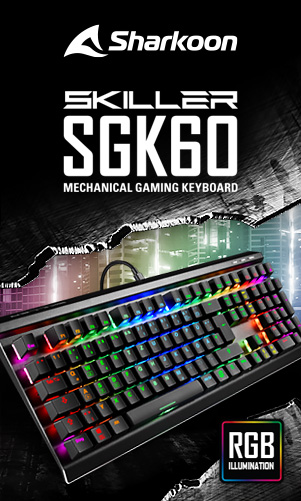

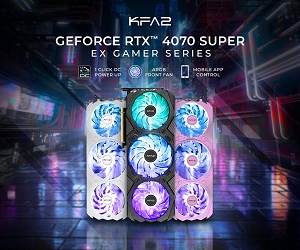

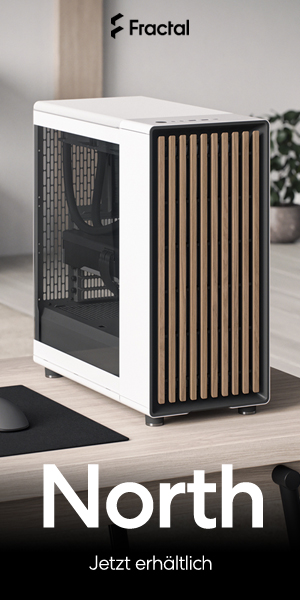


Kommentieren